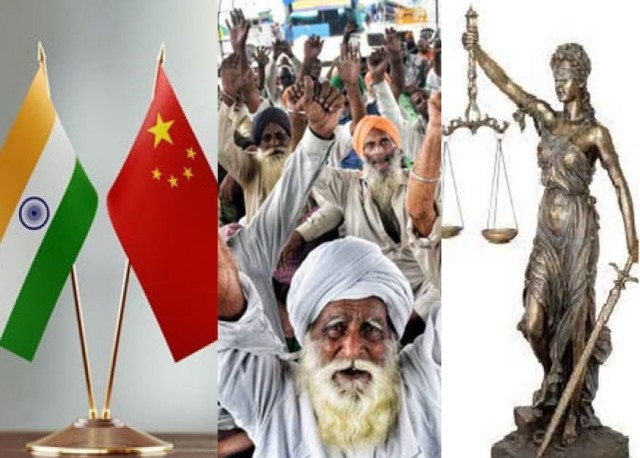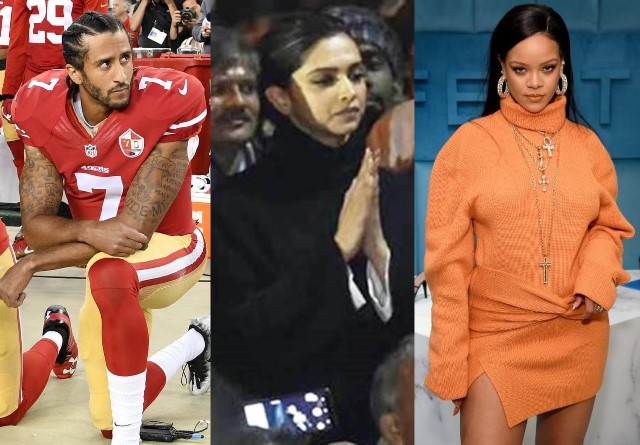India and China are on their 12th round of what they both like to say ‘talks’. Neither country is run by armies. China is a one party State. Leadership emerges through the political ladder. Decisions are made by the political leadership. India is a democracy. Its leaders emerge through the political process.
The normal protocol for issues to be resolved between countries is through a political dialogue. Yet it is the armies of both countries that are engaged in the process of withdrawing from flash points.
Admittedly talks between the two foreign Ministers did take place, the Indian Foreign Minister S Jaishankar and his Chinese counterpart Wang Yi. This happened early in July at Tashkent, Uzbekistan
Surely the principles and the landmarks would have been decided between Beijing or Delhi. All that the armies have to do is get on with it, left foot first or right foot first depending which side of the new cold war one is. Yet talks after talks there is some hitch and the feet don’t move.
The number of dispute areas have metamorphosed like the Covid virus. There were only two areas in 1960s, now there are over 10 hotspots.
The 12th round of talks is about a small part. The larger Depsang Plains further North are not even mentioned. Here Chinese troops have been preventing Indian jawans from accessing their usual patrolling stations. This is near the Karakoram Pass.
It’s clear that the terms, pace and method of engagement is being determined by China. It is gradually wearing down India. China wants to carry on with its CPEC road project through Pakistan and protect it from any Indian attacks in future. Until it feels assured that India won’t interfere with that, we are likely to see 13th, 14th and so on talks between military hierarchies of both countries. Not to forget the elephant in the discussion room between the Indian and Chinese Commanders, the United States with its own strategic policy casting a shadow on any bilateral Sino-Indian talks.
Happens Only In India
There is the Lok Sabha and there is the Kisan Sansad, a mock parallel Parliament of farmers. Kisan Sansad is not quite elected by universal franchise, vote cheating or fisticuffs. It’s been a gentle process. Farmers wanting to push Modi to reverse his farm laws, have been at pains to ensure their protest remains peaceful and lawful.

The Sansad (Kisan one) has repealed some of the laws. It even had a ladies day with all members being ladies. A 100% ladies Lok Sabha might not be a bad idea. They might bring pragmatism and policies to feed the population rather than feed superpower ambitions.
Meanwhile, Modiji who first tried adopting the persona of a vegetarian version of Raksasha, the terrible, soon found that the Constitution does not cater for Rakshasas anymore. Times have changed since Vedic days. Moreover the International community went tut tut. So Modi backed off.
Now Modiji seems relaxed. He has realised its all about votes. No point in being ‘Fury with a Sadhu look’. His new wardrobe incarnation is a sadhu or perhaps even a demi god look. It might catch on as the fashion iconology of the year. Imagine Biden and Boris in one. Xi certainly won’t try it. Imran Khan has his own ‘salwar kameez’ look.
Meanwhile, farmers have reached some sort of a plateau in their campaign and adopting innovative ways to keep the media attention. Jantar Mantar is an apt name for the Sansad. They haven’t quite leveraged the international community. They are also hoping victory will come at the polls. Narendar Singh, a former Agriculture Minister in Bihar said this is a revolution.
Only in India, with all its idiosyncrasies and polarities can one have two parliaments at the same time without violence or crackdown or charges of sedition. At the same time, only in India can a sedition charge be masted on one’s head if someone says something nasty about dear leader Modiji while having Article 19, the freedom of expression.
Ultimately, Law Is Politics
If there is any evidence needed that the law is merely a tool in the broader cloud of politics, the United States enquiry/no enquiry on the 6th January Capitol Hill insurrection is it. Everybody with a TV, smart phone or gadget to look at news, saw what happened. The faces of the insurgents and the speeches and tweets of those encouraging them are in the public domain. Not even hidden. But no enquiry to who threatened law and order or even worse, the democratic fabric of the country always bleating on about democracy and human rights.
The law in its finality is made by politicians in elected chambers or by politburos. It’s the politicians who decide what will constitute crime, fraud, rape, violence etc and in some cases who gets thrown in jail. They then put it in circulation. The lawyers work within that frame. There is no such thing as natural law. Go and stand in front of a lion and say, ‘I have a right to life’. Nature does not observe man’s law. Man’s law is made by man. Simple.
The USA that wants a rule-based international order and countries around the world to have constitutions and proper legal instruments based on human rights principles, obviously believes that, ‘do as the Mullah says, not as the Mullah does’.
To prove the point of politics as the source of order, law and arbiter of legitimacy,, the ultimate city crier of law and order, the US Republican party is opposing any enquiry into how the insurrection occurred, who was responsible for inciting and organising and who bears responsibility for breaking the law!
Statues of justice with a blindfolded lady really need to have a small figure of a male politician with a chain on her foot to portray the honest state of affairs. At least in USA and in motherland India. In both countries politics interprets the interpretation and even frames the scope of interpretation. Work that out, My Lords. In fact in most countries. Ask Russians and Brexited Europe.

But there is some honesty, somewhere. The High Court of Rajasthan has the figure of Manu depicting Indian justice. Manu was quite a misogynist with clear ideas on roles and duties of women. Moreover he seems to have handed quite a bit of arbitrary power to the ruler, now the politician. That is the reality of law in India.
Just as in US, the Republicans can stop a criminal enquiry into the perpetrators of January insurrection, Indian politicians are able to stop enquiries on rapes carried by them. It’s a united world of politicians.

